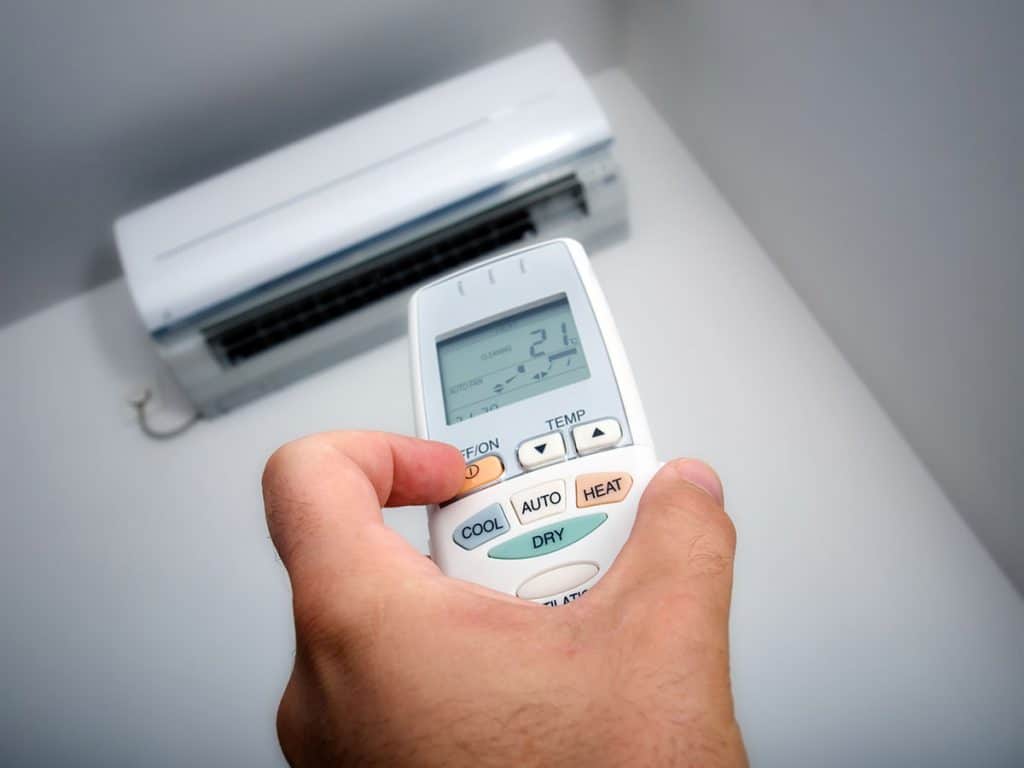When the winter wind comes in, light bedding gets replaced with heavier, warm clothing comes out of the attic, and heaters are turned on for the season. Before you dial in warm temps on your thermostat, take some time to brush up on your heating knowledge with these 25 hot heating facts.

- After the fall of the Roman Empire, people heated their homes by insulating them with clay and straw to trap the heat generated by the hearth. This practice marked the first use of chimneys.
- Warm molecules move faster than cold molecules. As a result, you can create heat by rubbing two cold items together and speeding up their molecules.
- Up to the 1800s, most Americans used fireplaces to heat their homes.
- In 1741, Ben Franklin developed the Franklin stove which slowed the escape of fireplace heat up the flue and tried to keep as much heat as possible in the home.
- In the early 19th century, Lord Kelvin’s research on thermodynamics focused on moving heat from colder bodies to warmer ones, arguably laying the foundation for the future invention of heat pumps.
- While fireplaces were the most popular option for English settlers, German settlers turned to cast iron stoves which were a more effective way to create radiant heat.
- As coal became more popular, so too did cast iron stoves.
- In 1816, the Massachusetts Medical College became the first building in America to have central heat.
- In 1863, Thomas Edison invented the electric heater and changed home heating forever.
- Out on the plains, settlers were using buffalo chips (dried buffalo manure) to heat their homes. At various times, dry dung fuel has been used to create heat around the world.
- One of the first private homes to enjoy central heating, the Biltmore Estate was owned by the Vanderbilts. The 175,000 square foot home used three boilers that held 20,000 gallons of water and required about 500 tons of coal per year. On top of that, the house had 65 fireplaces for extra heat.
- Developed in the mid-1930s, early forced air heating systems burned coal to produce heat and then used electric fans to blow the heat though the homes.
- Ducted systems can lose over 30% of their heating energy if the ducts travel through uninsulated spaces or are overly long and windy.
- After accidentally burning his hand on some pipes in his freezer, Robert C. Webber decided to bury copper tubing in the ground and run freon gas through the tubes, creating the first ground source heat pump of the modern era.
- The Romans used to heat their floors by positioning stone slabs over heat sources such as fires.
- The hottest natural temperature ever recorded was 134.1 degrees Fahrenheit in the aptly named Furnace Creek Ranch in California’s Death Valley desert. The previous record, set in Libya, was disqualified due to the temperature being taken over asphalt.
- Excessively high temperatures increase mistakes and reduce productivity. At 75 degrees, productivity decreases by 3%, and when temps increase to 105 degrees, productivity dwindles by 79%.
- Cold temps also affect workers. Errors jump by 44% when indoor temperatures fall to 68 degrees, and at overly cool temperatures, productivity is half the rate it is at 77 degrees.
- The electric thermostat was invented in 1886.
- Used to starting and tending their own fires, American homeowners were initially reluctant to automate their home heating process, but the trend caught on over time.
- According to one survey, 42% of Americans have a programmable thermostat, but the majority aren’t sure how to make the most of that technology.
- Over half of U.S. homes use natural gas for their home heating, but fuel sources vary from region to region.
- In the South, most homes use electric heat, with natural gas taking second place. In the West and Midwest, most homes use natural gas followed by electric. In the Northeast, natural gas is the most popular, then heating oil, and electricity falls in third place.
- The world has more demand for heating than cooling, but the demand should become relatively even over the next decade as the need to cool certain foods and medications increases around the world.
- Worldwide, the energy used for heating is expected to fall by 2030 due to the increased efficiency of modern heating methods.
Sources
- https://www.curbed.com/2017/11/30/16716472/old-house-fireplace-coal-stove-history-heating
- http://coolinfographics.com/blog/2013/3/20/the-history-of-home-heating.html
- https://en.wikipedia.org/wiki/Dry_dung_fuel
- https://sunhomedesign.wordpress.com/2007/10/26/a-brief-history-of-heating-and-cooling-americas-homes/
- http://www.level.org.nz/energy/space-heating/heat-pumps/
- https://www.renewableenergyhub.co.uk/heat-pumps-information/
- http://www.guinnessworldrecords.com/world-records/highest-recorded-temperature
- https://www.azevap.com/workAreaTempProductivity.php
- https://www.fastcompany.com/3001316/want-more-productive-workers-adjust-your-thermostat
- https://en.wikipedia.org/wiki/Thermostat
- https://www.washingtonpost.com/news/energy-environment/wp/2015/07/07/many-people-have-no-idea-how-to-use-their-thermostats-and-its-costing-them/?noredirect=on&utm_term=.fc616a28a163
- https://www.eia.gov/todayinenergy/detail.php?id=3690
- https://www.irena.org/heatingcooling

